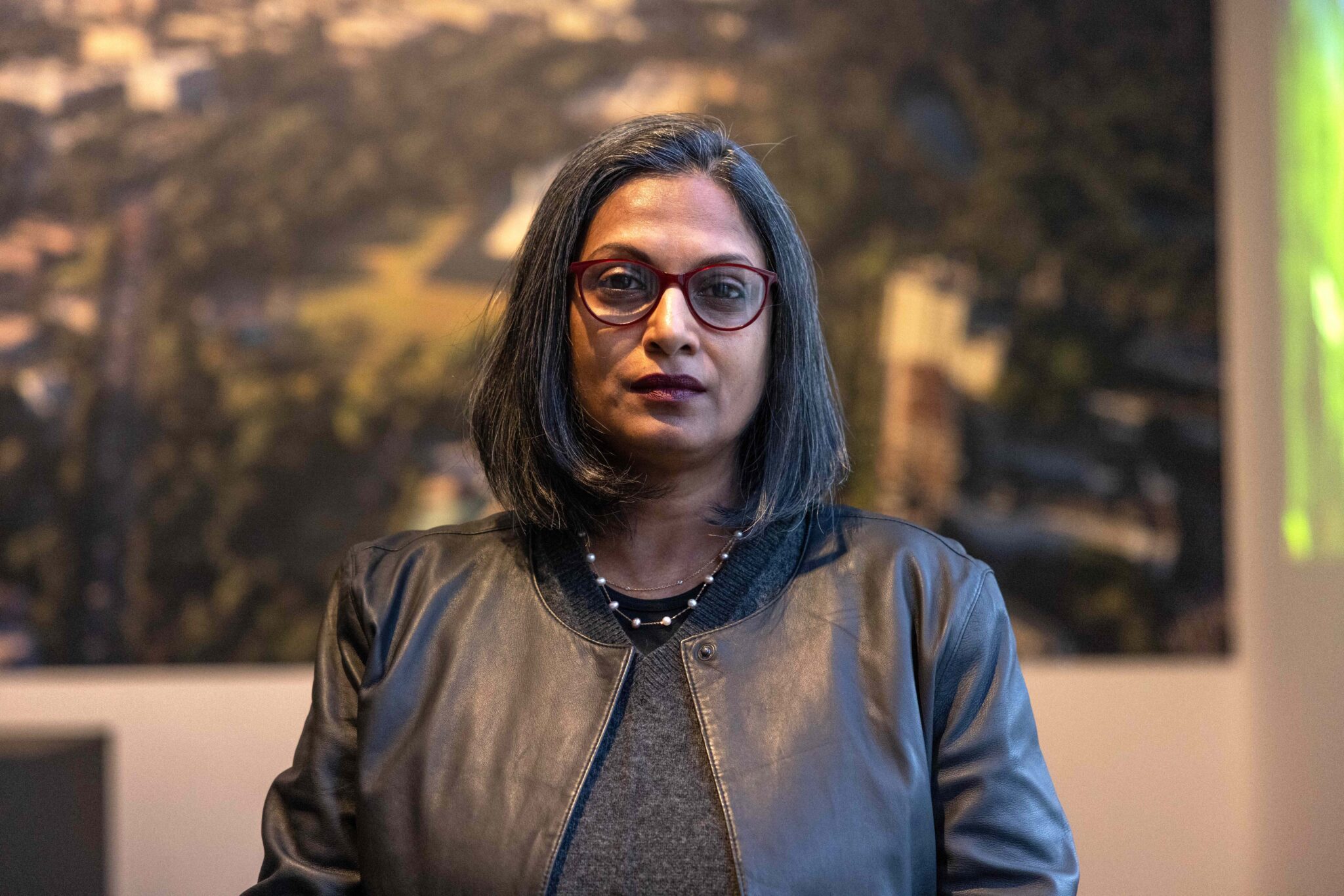 My first connections with Helsinki were distant, merely tenuous observations made while in transit from its remote Vantaa Airport to the city of Turku in Finland’s south-western corner. Before boarding the small plane for the short flight, there were usually a couple of hours to kill, and these were partly spent exploring the presentation of local delicacies and objets in the conveniently located Stockmann store, a Finnish institution on the airside of the airport. Where else could you purchase sides of excellent smoked roasted sea trout alongside Moomin ephemera and glassware by Alvar and Aino Aalto?
My first connections with Helsinki were distant, merely tenuous observations made while in transit from its remote Vantaa Airport to the city of Turku in Finland’s south-western corner. Before boarding the small plane for the short flight, there were usually a couple of hours to kill, and these were partly spent exploring the presentation of local delicacies and objets in the conveniently located Stockmann store, a Finnish institution on the airside of the airport. Where else could you purchase sides of excellent smoked roasted sea trout alongside Moomin ephemera and glassware by Alvar and Aino Aalto?
Flying into Helsinki on a clear day is an unforgettable experience. The first sight is of limitless forest and hundreds of reflective lakes; it becomes impossible to distinguish where terra firma ends and the archipelago and sea around Helsinki begins. In a sense this aerial glimpse simplistically defines the primary elements that make up the Finnish mental landscape – the natural environment of water, rocks and forest.
On arrival there is an immediate sustainability embarrassment as there is no direct train line into central Helsinki. The Ring Rail Line is due to open in 2014 but until then we must rely on buses or expensive taxis. These run along a deserted motorway through elegant boulevards, finally stopping at Eliel Saarinen’s pink granite and copper Central Railway Station designed at a time when architecture and artistic representations became an expression of nationalist sentiments. The most remarkable feature is the two pairs of carved stone giants gracing the station entrance and holding illuminated globes, like pure Americana, a combination of the Oscar statuette, Mickey Rourke’s torso and Kurt Cobain’s visage.
The main city is located on a peninsula fractured by inlets and surrounded by islands, which from the air appears to be gradually tearing itself from the mainland and drifting off into the Baltic Sea. Johan Ehreström’s 1812 city plan, coupled with the neoclassical architecture of Carl Ludvig Engel provided a civic centre, which remains today the core of the city and includes the serene white Helsinki Lutheran Cathedral (1852), Senate Square and the library of Helsinki University (1845) with its handsome central room.
The twentieth century blessed Helsinki with some fine architecture, and there are some good examples of Finnish art nouveau overlaid with themes probably derived from the country’s pre-Moomin folklore. Admirers of Aalto and his circle can certainly have their appetites sated. The Restaurant Savoy, designed by Alvar and Aino Aalto, is still catering for an elite clientele, providing food and wine of exceptional quality and price served by a corps of staff clearly chosen to coordinate with the refined birch panelling.
Those without access to a generous expense account can still enjoy refreshments à la Aalto and the comforts of original furniture on the second floor of his Academic Bookstore. The store’s quietly elegant modular copper facade conceals a grand library atrium surrounded by three open floors filled with thousands of books and magazines. The main volume is contained by bands of reflective white marble and lit by a series of giant hanging crystalline sky lights. The luminosity of the space together with the warmth of the literature promises a place of refuge from the vicissitudes of dark Finnish winters.
Following in the footsteps of maritime London and Barcelona, Helsinki is currently undergoing transformation. A combination of demographic pressure and the construction of a new harbour at Vuosaari have released valuable land, providing both significant access to the meandering waterfront and connectivity into the heart of the city. Land reclamation has been continuing for a number of years as the limited footprint of the original peninsula has been pushed out into the sea, and now series of new maritime districts are planned along a 20 kilometre shoreline with the ambition to be exemplars of sustainable communities.
Helsinki has been designated World Design Capital for 2012, and there are huge ambitions for the future which, if realised, will completely transform the life and culture of the city. The big question is whether the Finnish sensibilities that are embodied in their best design and architecture, described by Juhani Pallasmaa as ‘silence over clatter, restraint over exuberance and slowness over haste, that emphasise the preference for utilitarian and practicalities over artificial, decorative or self-expressive aims’, can be maintained in future years.
Mick Brundle is director of Arup Associates, which he joined in 1972 and whose recent projects include Ropemaker Place in the City of London.
AT211/September p112














